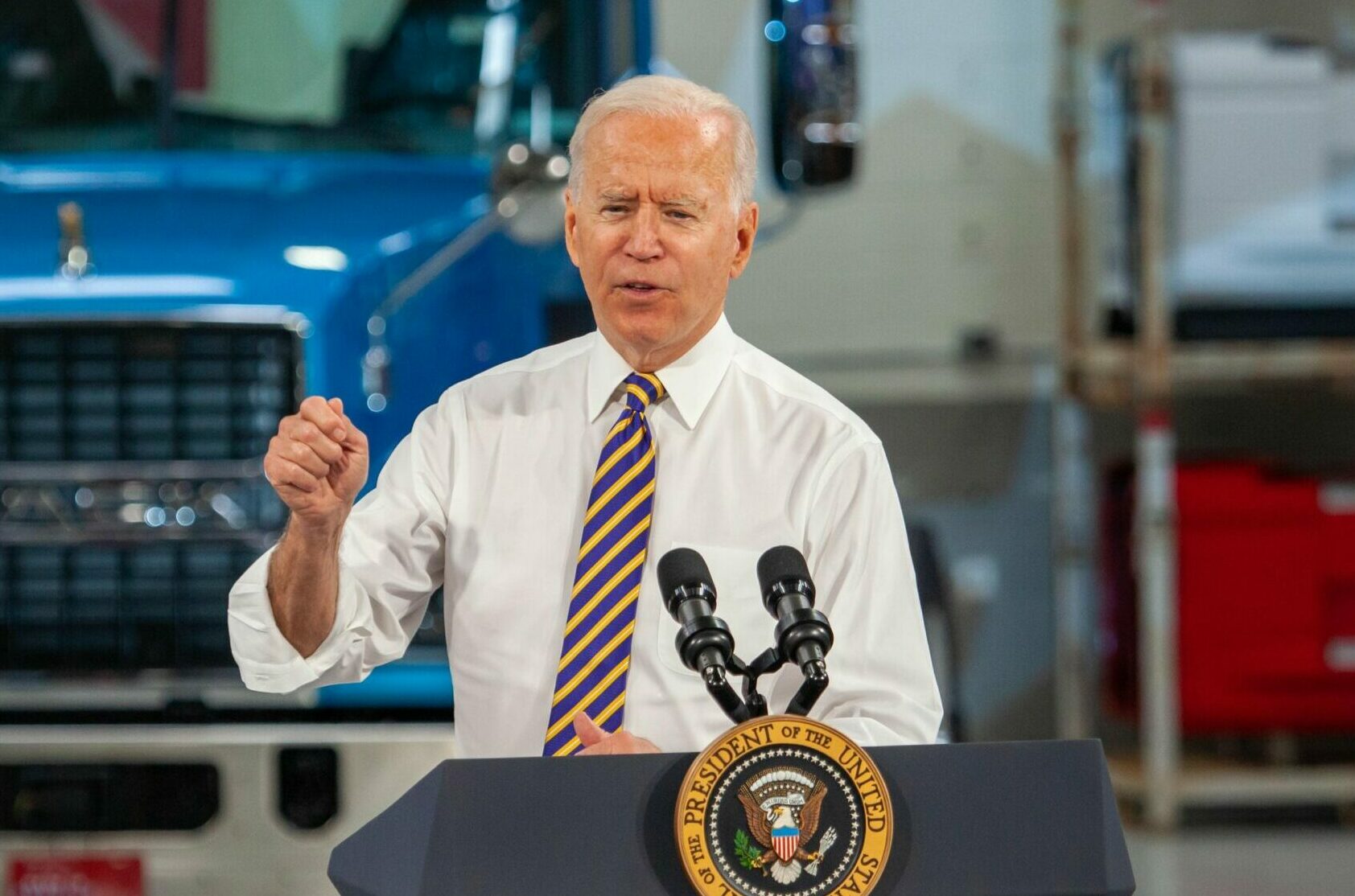Members of America’s trucking industry, including the Pennsylvania Motor Truck Association (PMTA), say stringent new federal regulations on emissions are largely unnecessary and could impact the nation’s already shaky supply chain.
The Environmental Protection Agency announced late last month it had finalized new rules on restricting tailpipe emissions on large diesel trucks beginning in the model year 2027. The agency, which had been considering two options to address nitrous oxide (NOx), chose the more aggressive one. According to the EPA, the choice was between reducing emissions by 60 percent by 2045 and reducing them by 47 percent.
According to transportation industry experts, the choice is between realistic goals and extreme mandates that are very expensive, will hurt the trucking industry, and are nearly impossible to reach.
Regulations that make it more difficult to get and keep trucks on the road could have a disproportionate impact on Pennsylvania, which has the nation’s fifth-highest employment level in heavy and tractor-trailer truck drivers.
In a filing last spring, the PMTA’s President and CEO Rebecca Oyler said her organization is in “support of a single national low-NOx rule that is technologically feasible, protects American jobs, and is not disruptive to the nation’s economy or supply chains.” But, she warned, “an approach such as Option 1 that cannot be achieved by all classes of trucks under widely-varied business models will cause significant uncertainty amongst fleets and will result in purchasing new trucks before new standards are implemented.”
Former Trump EPA Chief Of Staff Mandy Gunasekara told DVJournal she supports the EPA’s goal, and she said the Trump administration sought to do the same through its “Cleaner Trucks Initiative.” However, the Biden administration is going too far, too fast.
“The idea was to integrate new technologies that exist today and have evolved that could significantly reduce the emissions,” says Gunasekara, now a senior policy analyst with the Independent Women’s Forum (IWF) and a visiting fellow at The Heritage Foundation. “Now, what’s happened in the Biden administration is they want to crank it up and they want to set standards that are very difficult to meet.”
Jed Mandel, president of the Truck Engine Manufacturers Association, was more direct. “We are fundamentally opposed to Option 1,” Mandel told the trade publication Transportation Topics. “It’s not technologically feasible or cost-effective and truly not needed for the balance of the country.”
Pennsylvania has the third highest percentage of new-generation clean diesel heavy-duty trucks at 59 percent. Oyler pointed out that even without a new rule the industry has been bringing down emissions on its own.
“This has resulted in significant improvements in air quality and a cleaner environment for us all,” says Oyler, “It would take 60 of today’s clean diesel trucks to equal the emissions of one truck sold in 1988.”
If the cost of new trucks rises, or the supply is limited due to the lack of technology to meet the higher emissions requirement, the unintended consequence could be older, high-emission trucks staying on the roads longer.
“I was recently talking to a mid-sized trucking company person who said the average cost for electric vehicle trucks is around $400,000 depending on the range and then there’s a host of technical problems,” says Gunasekara.
Todd Spencer, president of the Owner-Operated Independent Drivers Association (OOIDA) agreed. He added that if small business truckers cannot afford the new, compliant trucks, they’re going to stay with older, less efficient trucks or leave the industry entirely. And it isn’t as though the EPA overlooked these concerns. Spencer says EPA “largely ignored the warnings and concerns raised by truckers” in this latest rule.
Ellen Voie, president of Women in Trucking, also had concerns about increased regulation on the trucking industry. She said she thinks new incentives for the trucking industry to purchase newer, more energy-efficient, and environmentally friendly vehicles would work better than costly mandates.
“This could include credits, refunds, or tax rebates to incentivize the adoption of these standards,” Voie said.
Please follow DVJournal on social media: Twitter@DVJournal or Facebook.com/DelawareValleyJournal

